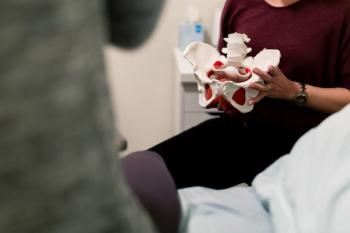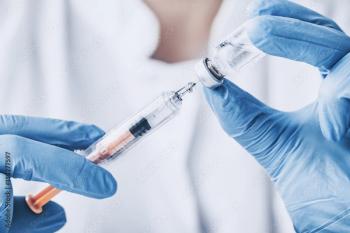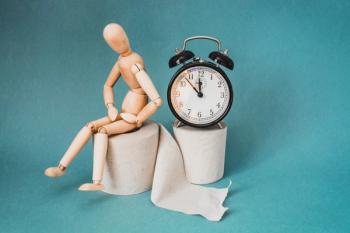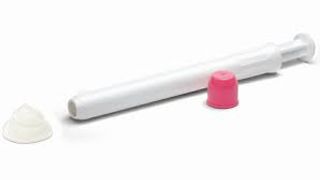
Urology
Latest News
Latest Videos
CME Content
More News

Shared insight on strategies used to converse with and educate patients on pharmacologic treatment options for OAB, including the potential for adverse events tied to therapy.

Experts outline their clinical approach to identifying treatment failure in patients on initial pharmacologic treatment for OAB and strategies for subsequent treatment selection.

A comprehensive discussion on clinical factors that impact pharmacologic treatment selection in patients with OAB.

Panelists introduce the available treatment modalities for OAB, including behavioral modification, pharmacologic treatment, neuromodulation, and surgical approaches.

In a recent study, recurrent urinary tract infection rates decreased by over 50% in women using vaginal estrogen.

A brief overview of how and when providers incorporate urodynamic testing as part of the diagnostic workup for OAB.

Panelists further expand on the typical clinical characteristics of patients with OAB who they see in their practice, common signs and symptoms, and potential differential diagnoses.

At the 2023 ACOG Annual Clinical & Scientific Meeting, the efficacy and satisfaction rates of pessaries in patients with prolapse symptoms were discussed.

In study findings published in Obstetrics & Gynecology, leva Pelvic Health System (Renovia) achieved significantly greater urinary incontinence symptom improvement than a standard home pelvic floor muscle training program at 6 and 12 months.

A recent study analyzed the effect artificially sweetened beverages have on urinary incontinence in women.

In this document, AUGS describes how the task force was organized and conducted the work to develop strategies focused on DEI.

The patient-focused book entitled Pelvic Floor Health: Your Guide to Pregnancy and Postpartum Care is now available in paperback and e-book!

This article aims to present consensus recommendations for the optimal perioperative management of patients undergoing urogynecological surgery.

A consensus-based document establishing clear terminology for cosmetic gynecology procedures has been created.

Pelvic floor disorders (PFDs) are complex conditions that impact millions of women worldwide.

Take a look at some important dates ahead of PFD Week 2023.

This clinical consensus statement on vaginal energy-based devices (EBDs) reflects an update by content experts from the American Urogynecologic Society’s EBD writing group.

Don't miss your chance to apply for one of AUGS's many volunteer opportunities and help them shape the future of their publications.

Find out more on how to get involved with AUGS.

Wondering what events are coming up for the American Urogynecologic Society? Find out more here.

Check out these latest resources from the American Urogynecologic Society.

Data is scare for a comparison of the efficacy of onabotulinumtoxinA for treatment of overactive bladder between patients treated with 1 oral overactive bladder medication vs patients treated with more than 1.

The authors propose that moderate and high physical activity levels tend to be linked with a lower risk of constipation in adults following a meta-analysis of over 3,000 studies.

During a poster session of the 2022 American Urogynecologic Society and International Urogynecological Association’s 47th Annual Meeting, researchers shared a study that investigated baseline knowledge of patients with pelvic floor therapy.

Health literacy is an integral part of a patient’s ability to make informed health decisions, especially when it comes to chronic pelvic pain (CPP).


















